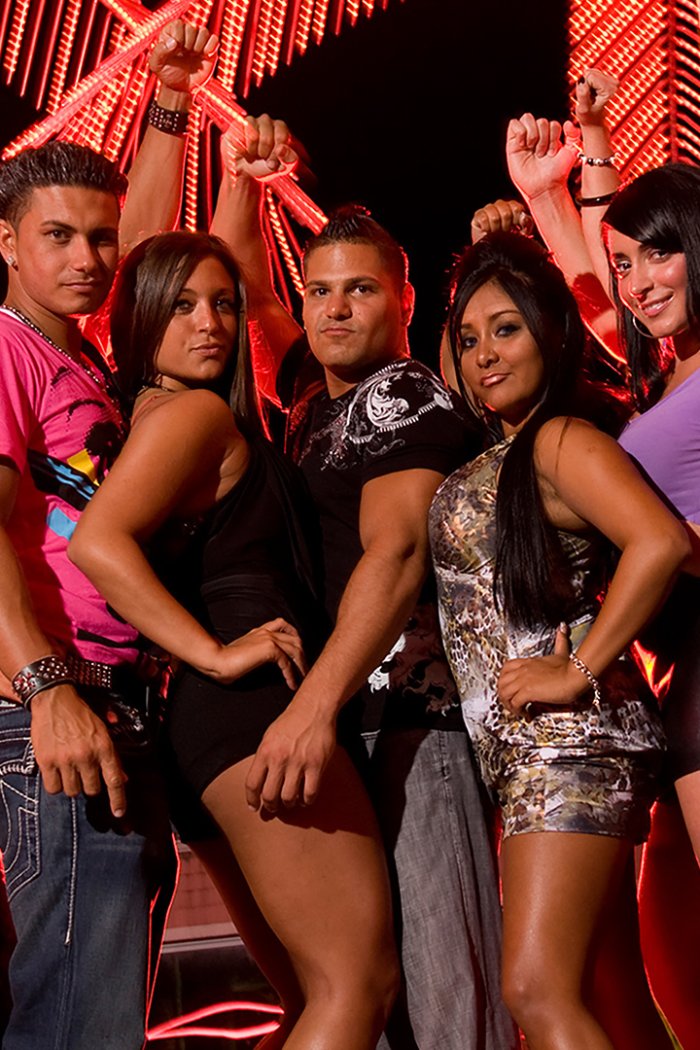Producer Craig Gilbert wasn’t trying to invent reality TV as we know it when, in the spring of 1971, he brought camera crews into the upper-middle-class Santa Barbara home of Bill and Pat Loud. His aim was more sociological; Gilbert wanted to capture the rhythms of a more-or-less typical American family life at that particular moment in time. What he ended up with was seven months’ worth of footage that documented a gay man, the Louds’ 20-year-old eldest son, Lance, coming out to his parents as their marriage hurtled towards divorce. When the 12-part series aired on PBS, attracting around 10 million viewers, TIME called it the “ultimate soap opera.”
Half a century later, An American Family looks more like a time capsule of the tumultuous Nixon era, when the youthful rebellions of the ’60s reverberated through suburbia, catalyzing change within the domestic sphere. Surprisingly artful in its structure, the series juxtaposes literal wildfires at the Louds’ doorstep with the marital cataclysm raging inside the house. Lance became an icon at a time when many Americans had never met an openly gay person. Sequels kept viewers up to date on the Louds for decades, and HBO’s 2011 film Cinema Verite cast Diane Lane and Tim Robbins as Pat and Bill. But for all its elegance and import, Gilbert’s series was most captivating when its subjects were at each other’s throats—which explains how it became a road map for The Real World and all the schlocky shows that followed. After An American Family, the deluge. —Judy Berman
- Cybersecurity Experts Are Sounding the Alarm on DOGE
- Meet the 2025 Women of the Year
- The Harsh Truth About Disability Inclusion
- Why Do More Young Adults Have Cancer?
- Colman Domingo Leads With Radical Love
- How to Get Better at Doing Things Alone
- Michelle Zauner Stares Down the Darkness





